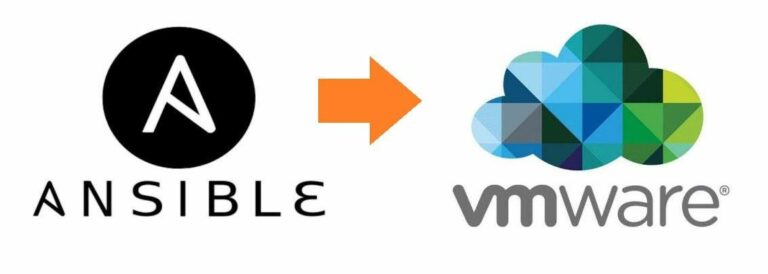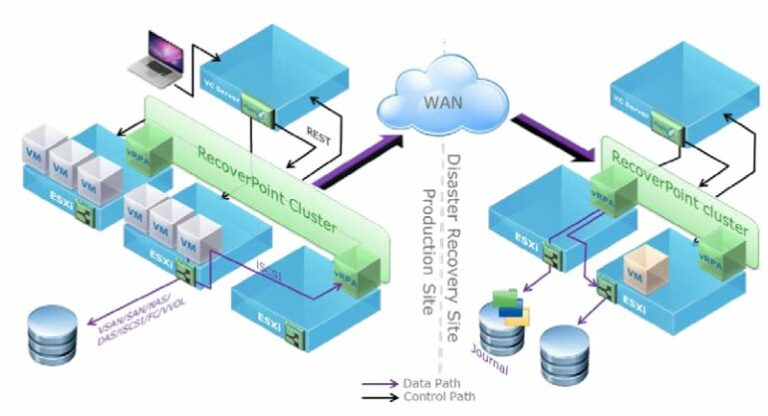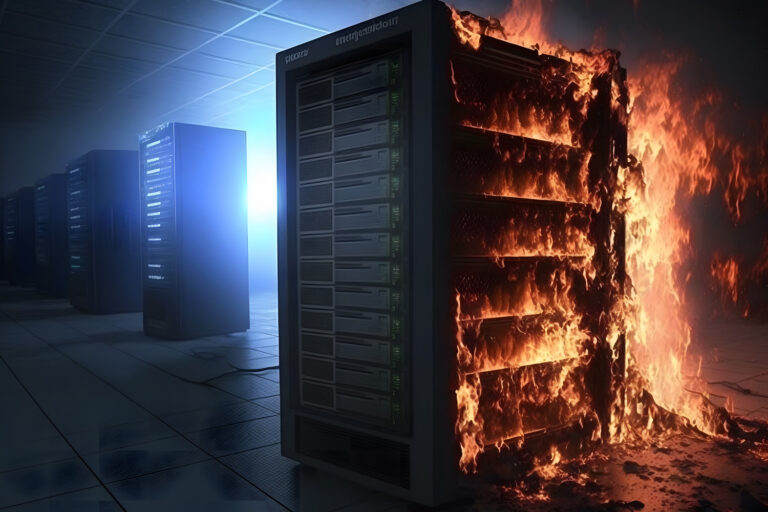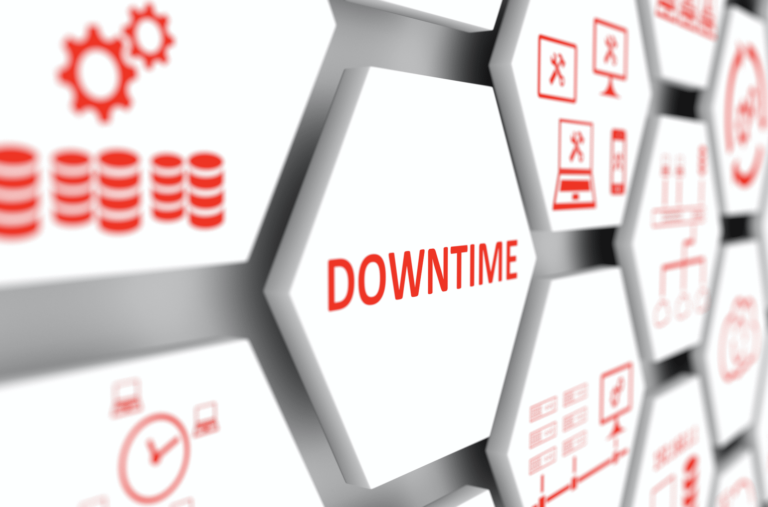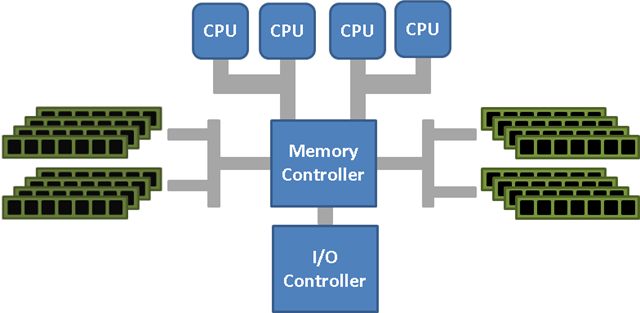Deploy application via code, and if a VM fails, redeploy

This is part 1. Imagine a scenario where you deploy an application environment, and when you face a challenge with your environment or decide to upgrade a software component, you destroy it and redeploy it. I catch myself way too…

